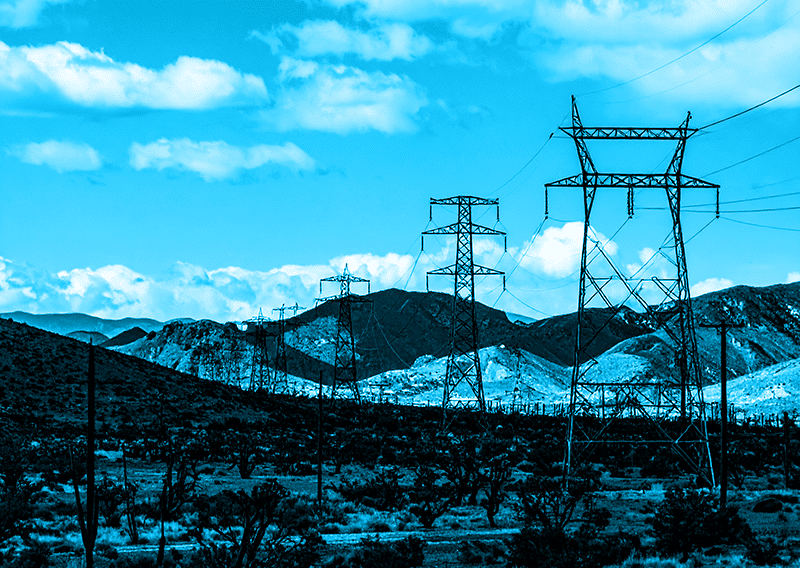Part of a new industry series: Powering the Future™: Climate Risk Intelligence For The Energy Industry
The modern electric utility originated in the late 19th century when Thomas Edison’s Pearl Street Station in New York City started supplying direct current (DC) electricity to local businesses in 1882. This early utility model was localized, vertically integrated, and privately owned—an arrangement that laid the foundation for what followed in the next century. As alternating current (AC) technology, promoted by Nikola Tesla and George Westinghouse, made it possible to transmit electricity over longer distances, utilities grew from serving individual city blocks to creating regional networks, delivering power to homes, industries, and rural communities alike.
In the early 20th century, electricity began to be seen as a public good, vital for economic growth and social progress. This led to the growth of regulated monopolies, where utilities were given exclusive service areas in return for government oversight of rates and investments. State public utility commissions (PUCs) ensured that utilities operated in the public interest, striking a balance between affordability, dependability, and a fair return on investment. During this period, large investor-owned utilities (IOUs) thrived alongside municipal utilities and rural electric cooperatives, supported by New Deal programs such as the Rural Electrification Administration.
The mid-20th century witnessed the growth of baseload power from coal, hydro, and eventually nuclear energy, accompanied by the development of high-voltage transmission networks. Centralized power plants and economies of scale shaped utility practices, resulting in minimal competition and technological disruption.
That started to change in the 1990s and early 2000s as deregulation and restructuring introduced competitive wholesale markets in many U.S. states and parts of Europe. Independent power producers (IPPs) emerged, and Independent System Operators (ISOs) and Regional Transmission Organizations (RTOs) were established to oversee fair access to the grid. Not all regions adopted this model; many in the Southeast and West remained vertically integrated, but the utility landscape became increasingly fragmented and complex.
Today, utilities face a new wave of change, driven by climate change, decarbonization mandates, distributed energy technologies, and digital innovation. Utilities are no longer just power providers; they are risk managers, grid orchestrators, and climate resilience partners. This evolution requires a new kind of intelligence: one that understands history but is focused on an uncertain, rapidly changing future.
Ready to get started? To learn more about how ClimaTwin can help you assess the physical and financial impacts of future weather and climate extremes on your infrastructure assets, capital programs, and investment portfolios, please visit www.climatwin.com today.
© 2025 ClimaTwin Corp. ClimaTwin® is a registered trademark of ClimaTwin Corp. The ClimaTwin logos, ClimaTwin Solutions™, and Future-proofing assets today for tomorrow’s climate extremes™, Mining the Future™, and Powering the Future™ are trademarks of ClimaTwin Corp. All rights reserved.
###

